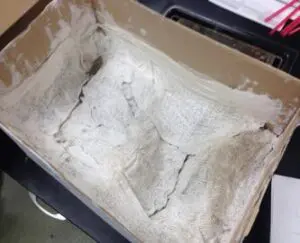
Aerospace

Agriculture & Biosystems

Biomedical

Chemical

Civil

Computer Science

Electrical

Environmental

Industrial

Manufacturing

Materials Science

Mechanical

Mining & Metallurgical

Nuclear

Petroleum
Project Management
Materials Science

Even the most innovative design can’t live up to its potential if it’s not made out of the right stuff. As a materials scientist or engineer, your job might be to create biocompatible glass that helps to heal broken bones, produce battery materials that will allow electric cars to travel for hundreds of miles on a single charge, or diagnose the cause of failure when a steel bridge collapses. The right materials can have revolutionary results—the telecommunications industry, for example, was transformed when fiber optics replaced copper wires; medicine took a giant leap with the development of biomaterials and tissue engineering, which are now used to heal diseased and damaged parts of the body; and automobile efficiency and safety have seen great leaps forward thanks to new grades of high-strength steel.
Overview1
$95,640
Median salary
25,100
Number of jobs in 2020
8%
Expected job growth over next 10 years
Jobs and education
4-year degree:
- Invent methods for making “smart temporary tattoos” that act as wearable sensors to monitor nerve and muscle activity
- Discover new materials for storing massive amounts of information on computer disks
- Enhance the handling ability of skis and snowboards with more flexible materials
- Research the quality of new adhesives that are based on the glue made by a sea mussel.
- Design more reliable composite materials for making enormous wind turbine blades
Explore more
Make a donation
References:
1. US Bureau of Labor Satistics
https://www.bls.gov/oes/current/oes192032.htm









